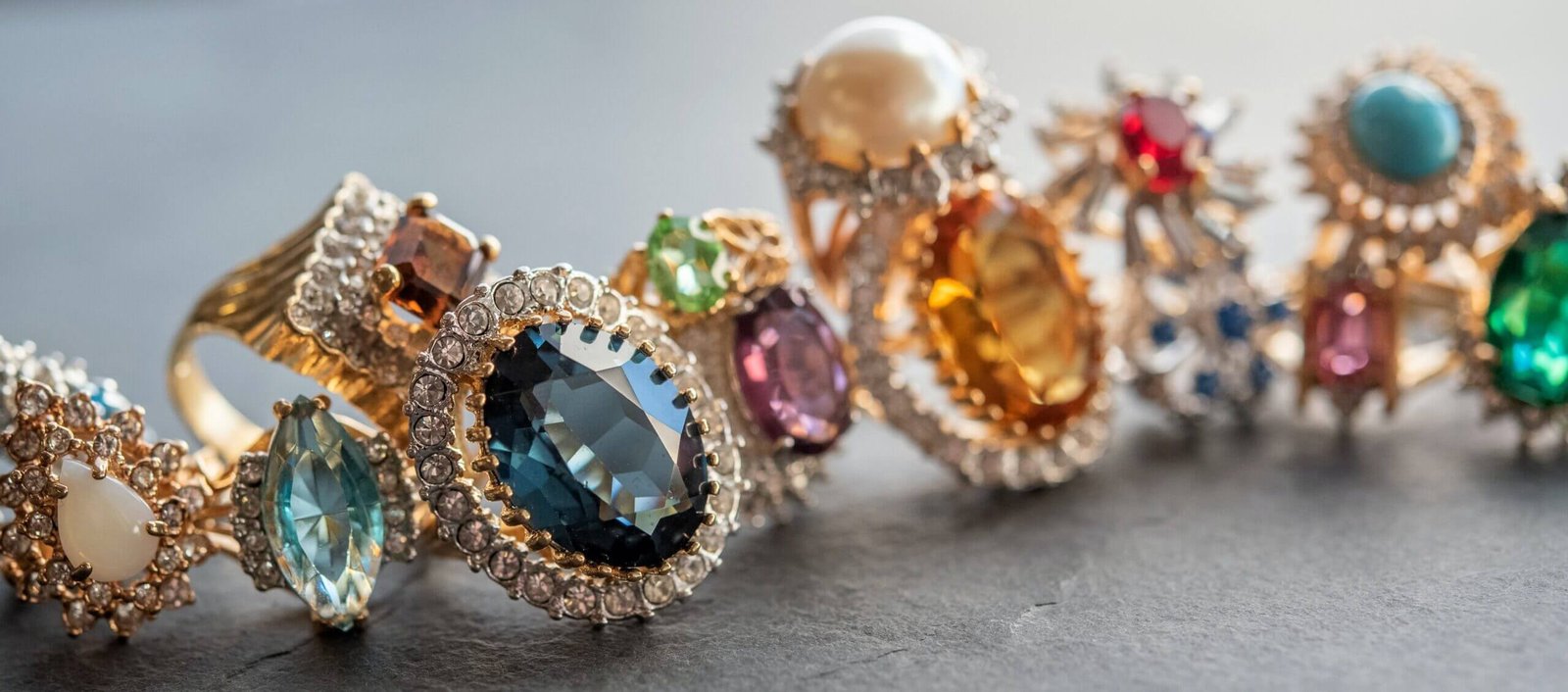Understanding the Etiquette for Ring Cost
Understanding the Etiquette for Ring Cost. Getting ready to purchase a ring, aren’t you? It’s an exciting time, but before you rush into the nearest jewelry store, it’s worth taking a moment to decipher the labyrinthine world of ring cost etiquette. This is all about the unwritten protocols guiding how much one should spend on a ring, for various occasions and situations. Whether it’s an engagement ring or a gift for a loved one, knowing how to navigate the fine line between ostentatious and frugal can save you from any embarrassment or faux pas. So let’s iron out the wrinkles together as we explore “Understanding the Etiquette for Ring Cost”.
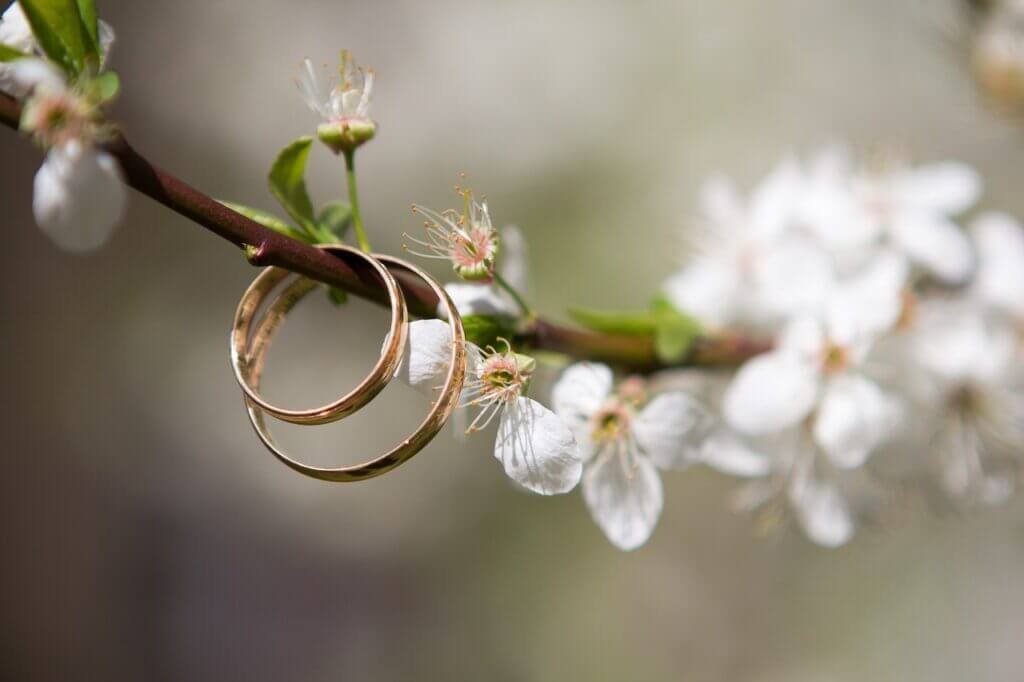
Exploring the Concept of Ring Cost Etiquette
Understanding the concept of ring cost etiquette starts with acknowledging the mix of traditional customs, societal factors, and personal preferences that influence the value attached to an engagement ring. Ring cost etiquette broadly revolves around the expectation and perception of how much you should spend on this symbolic piece of jewelry.
Understanding the term ‘ring cost’
The term ‘ring cost’ usually refers to the financial burden associated with purchasing an engagement ring. It’s not just about the monetary value but also about the emotional and sentimental worth of the ring. This cost often reflects an intricate blend of the ring’s material value, cultural expectations, and personal sentiments towards your partner.
Deconstructing the significance of ring cost etiquette
Ring cost etiquette is more than just a guideline for expenditure. It shapes societal beliefs and personal perspectives towards engagements and marriages. The significance of ring cost etiquette lies in its ability to represent the symbolic importance placed on the engagement ring as a tangible declaration of commitment and love.
Traditions and the Cost of Engagement Rings
The cost of engagement rings has long been rooted in various traditional beliefs and practices. From spending two months’ salary to choosing a specific stone, traditions have significantly shaped ring cost etiquette.
Origins of the ‘two months’ salary’ rule
The ‘two months’ salary’ rule originated from De Beers diamond marketers’ campaign back in the 1980s, which suggested that you should spend around two months’ worth of your income on an engagement ring. This was a very successful marketing strategy that embedded itself within societal norms and expectations.
Shifts in modern traditions
In recent years, the rigidity of this two months’ salary rule has significantly softened. This can be attributed to shifts in personal values and the looming financial pressures of modern life. Is $10,000 Too Much for a Ring? Evaluating Jewelry Costs
Cultural implications on ring cost
Cultural norms and expectations also influence ring cost. In some cultures, higher value is placed upon the cost of an engagement ring, symbolizing a serious commitment to the engagement.

Impact of Social Factors on Ring Cost Etiquette
Social factors such as media influence and financial transparency play a massive role in shaping ring cost etiquette.
Role of social media on perceived ring cost
The role of social media in influencing engagement ring costs cannot be understated. It fuels perceptions about the appropriate cost for an engagement ring and significantly affects expectations concerning the ring’s size and quality.
How financial transparency affects ring cost
In the era of financial transparency, couples are more open about their financial situations. This openness allows couples to have genuine conversations about their expectations and financial capabilities when buying an engagement ring.
Generational viewpoints on ring cost
Different generations perceive the value and importance of engagement ring costs differently. Older generations may regard sticking to traditional norms essential, while younger generations are usually more flexible and open to alternative options. https://www.gia.edu/gia-bangkok
Navigating the Terrain of Personal Finances
Your personal financial situation plays a crucial role in deciding the price point of an engagement ring.
Financial planning for ring purchase
Planning your finances well in advance of the proposed engagement can help balance the financial implications associated with ring cost. Setting aside money for an engagement ring can alleviate financial pressure while still allowing you to purchase a ring that reflects your love and commitment.
Considering debt and other financial obligations
Taking into account your existing debts and financial obligations before making the ring purchase is essential. Falling into debt due to an engagement ring undermines the joy and significance of the proposal, and the journey towards marital life.
Maintaining a balance: Love versus financial stability
Striking a balance between expressing your love with an expensive ring and maintaining financial stability can be challenging. However, remember, the ring is a symbol of your love, not a testament to your economic status.
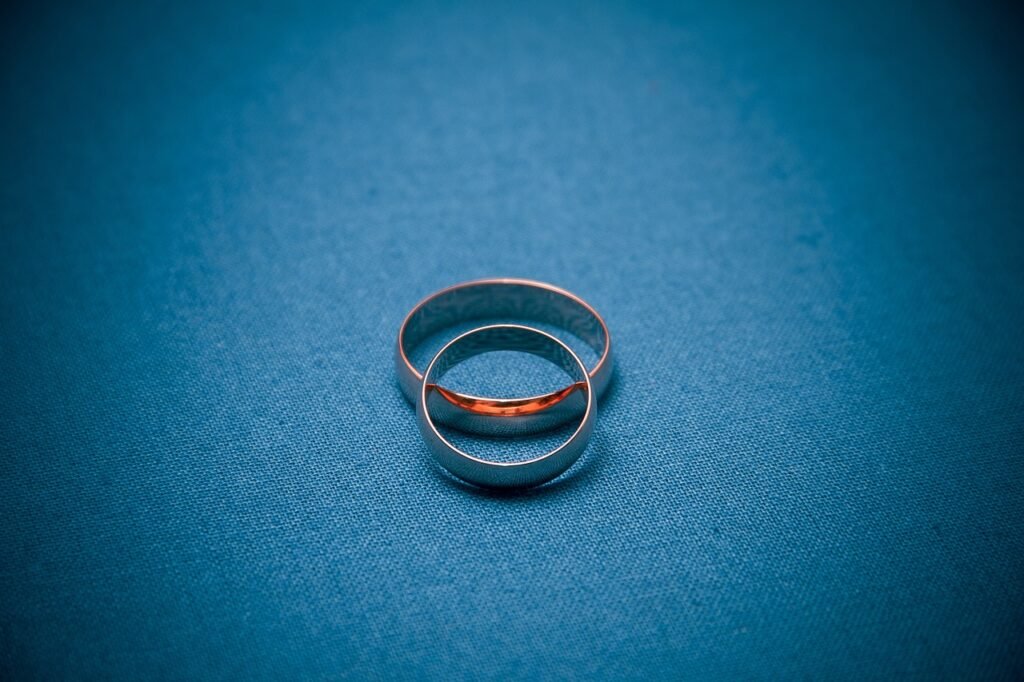
Impact of Economic Factors on Ring Cost
The ring cost etiquette also changes with the changing economic environment.
Economy and its impact on ring cost etiquette
In an economy facing a downturn, spending two months’ income on an engagement ring might not seem feasible or logical. Consequently, economic instability can lead to revisions in ring cost etiquette to align with the reality of the times.
Buying trends in a fluctuating market
With market fluctuations, buying trends can shift. There might be an increase in the demand for affordable rings that provide value for money without compromising the ring’s symbolic value.
Understanding the role of disposable income
Consumer buying behavior tends to fluctuate with changes in disposable income. As the portion of income that consumers can spend freely changes, so does the average budget for engagement rings.
Expensive Doesn’t Always Mean Better
The cost of an engagement ring shouldn’t overshadow the ring’s symbolic value and the relationship it signifies.
Understanding the perception of value
Perceived value refers to an individual’s perception of an item’s worth based on its emotional appeal, cost, and other tangible qualities. The value of an engagement ring lies in its emotional significance more than its cost.
Quality versus quantity in ring costs
Instead of focusing on the size or price of the ring, give more attention to its quality. An expensive ring might sparkle more, but the quality of the design and consistency of the band and setting matter more in the long run.
Symbolism of the ring versus its cost
The engagement ring stands as a symbol of commitment, fidelity, and promise. These sentiments should ideally outweigh the monetary value associated with the ring.
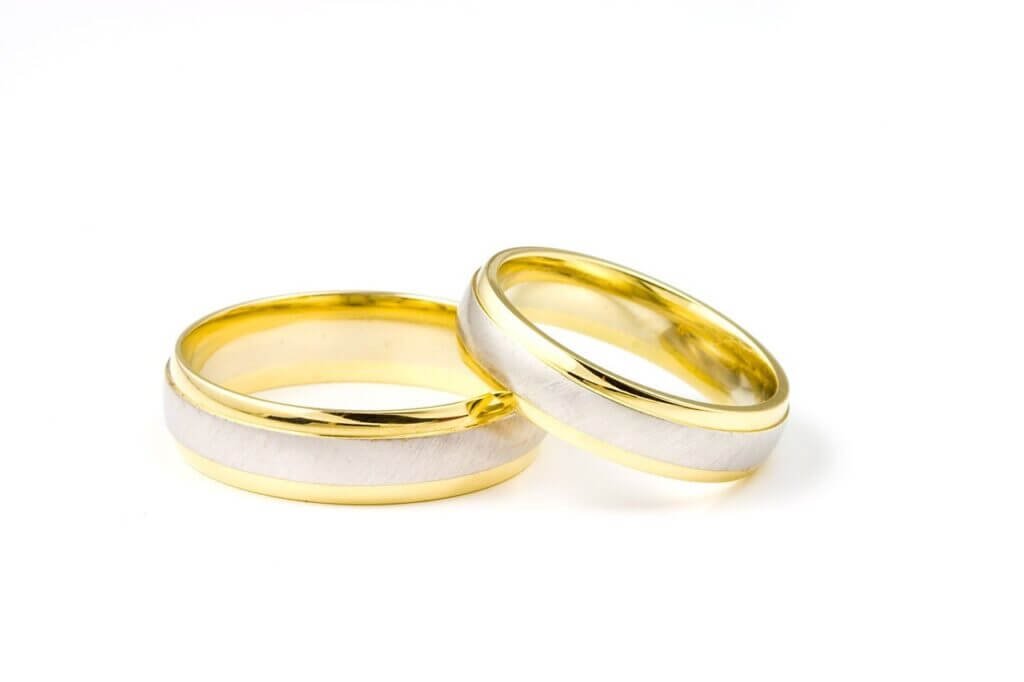
Understanding Your Partner’s Expectations
Before purchasing an engagement ring, understanding your partner’s expectations can contribute significantly to the decision-making process.
Communication and mutual agreement on ring cost
Open communication helps in understanding your partner’s views on ring cost. A mutual agreement on this subject ensures both parties are comfortable with the expenditure and can keep any disagreements at bay.
Managing your partner’s expectations
While it is essential to align your purchase with your partner’s expectations, it is equally crucial to keep these expectations realistic. Understanding and managing your partner’s expectations can lead to a satisfactory purchase decision.
Taking into account your partner’s lifestyle and personality
An engagement ring should reflect your partner’s personality and lifestyle. A person leading an active lifestyle might prefer a sturdy, no-fuss ring over a delicate and intricate design, regardless of the cost.
The Ethics of Diamond Sourcing
An important aspect of ring cost etiquette revolves around the ethics of diamond sourcing.
Ethically sourced diamonds and ring cost
An ethically sourced diamond might cost more due to the expenses incurred in ensuring ethical mining processes and fair labor practices. However, the ring’s attached moral value often compensates for the higher cost.
The impact of blood diamonds on ring cost etiquette
Blood diamonds have brought about significant changes in ring cost etiquette. As knowledge about these unethically sourced diamonds has spread, more people now favor ethically sourced diamonds, even if it means shelling out a little more.
Consumer awareness and demand for ethical sourcing
As consumers become more aware of ethical sourcing, the demand for responsibly sourced diamonds is increasing. This shift in consumer behavior is contributing significantly to the overall change in ring cost etiquette.
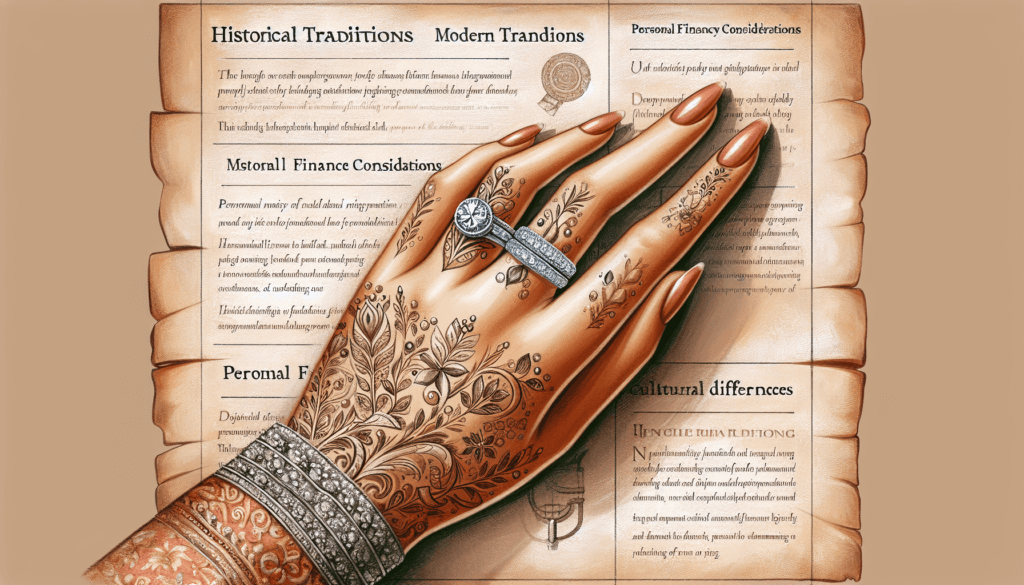
Alternative Options to Diamond Rings
Given the increasing demand for variety and affordability, alternative options to diamond rings have gained popularity.
Exploring other precious metals and stones
Other gemstones like sapphire, ruby, or emerald are striking alternatives to a diamond. Similarly, using metals like rose gold, white gold, or platinum adds a unique touch to the ring and can reduce costs significantly.
The growing popularity of vintage rings
Many couples are leaning towards vintage or heirloom rings. Not only do these rings usually cost less, but they also carry an old-world charm and a rich history essential for some.
Custom-made rings and their cost implications
Custom-made rings allow for more personalization and can be tailored to align with budget constraints. While they may cost more initially due to the design process, they often end up reflecting better value for money as they cater exactly to a couple’s preferences.
Changing Perspectives on Ring Cost Etiquette
Your personal perspective and that of your society at large play a major role in determining how much you should ideally spend on an engagement ring.
Understanding the evolving norms of ring cost
As societal norms continue to evolve, so does the concept of ring cost etiquette. While some believe that sticking to traditions is essential, others believe in tuning into their financial capacities and personal beliefs.
Societal shift towards value and meaning over cost
Many are steering away from attaching the value of the engagement ring to its cost. The emphasis is shifting more towards the ring’s sentimental value and what it represents in the relationship.
Environmental and ethical factors shaping future etiquette
Environmental and ethical considerations are increasingly influencing consumers’ choices. This could result in a future where ring cost etiquette might be intertwined with sustainable and ethical consumption practices.
In conclusion, ring cost etiquette is not set in stone. As times change and notions evolve, you’ll find that ring cost etiquette continues to shift. Ultimately, the decision lies in your hands, based on your financial considerations, personal preferences, and most importantly, your partner’s wishes.
